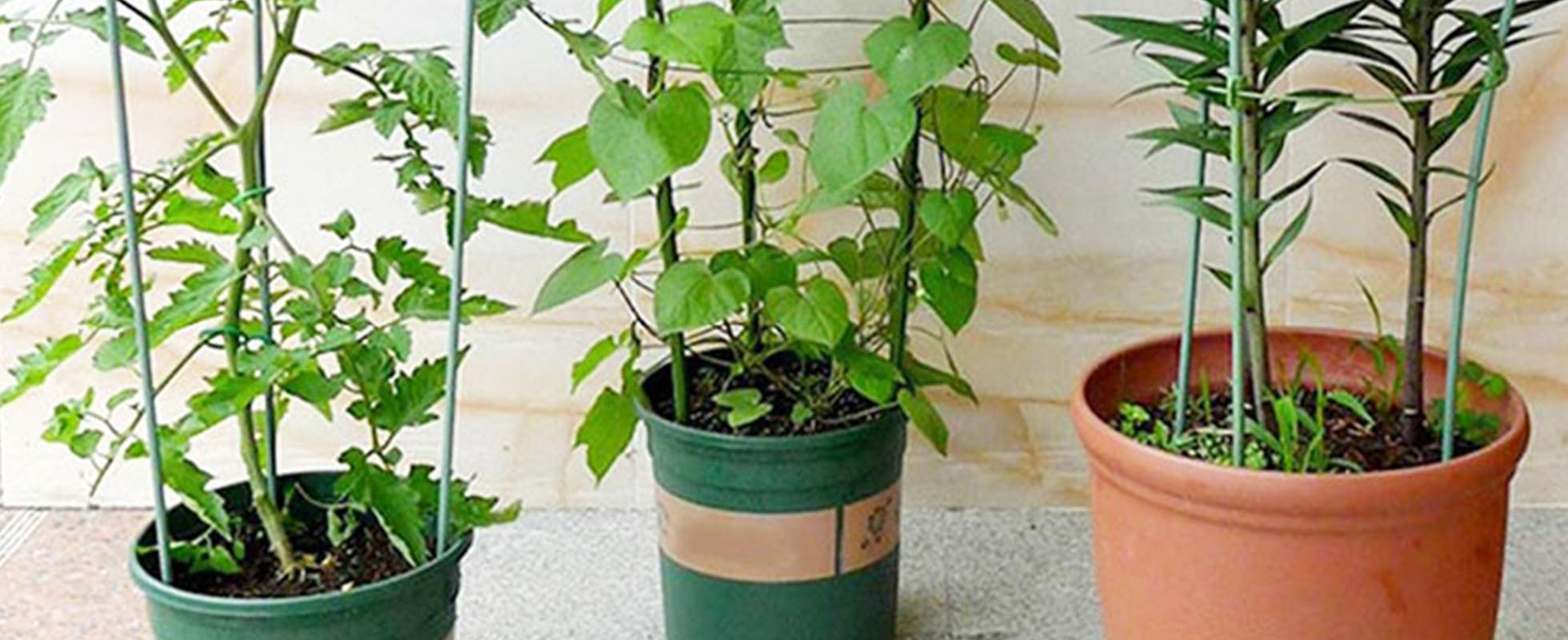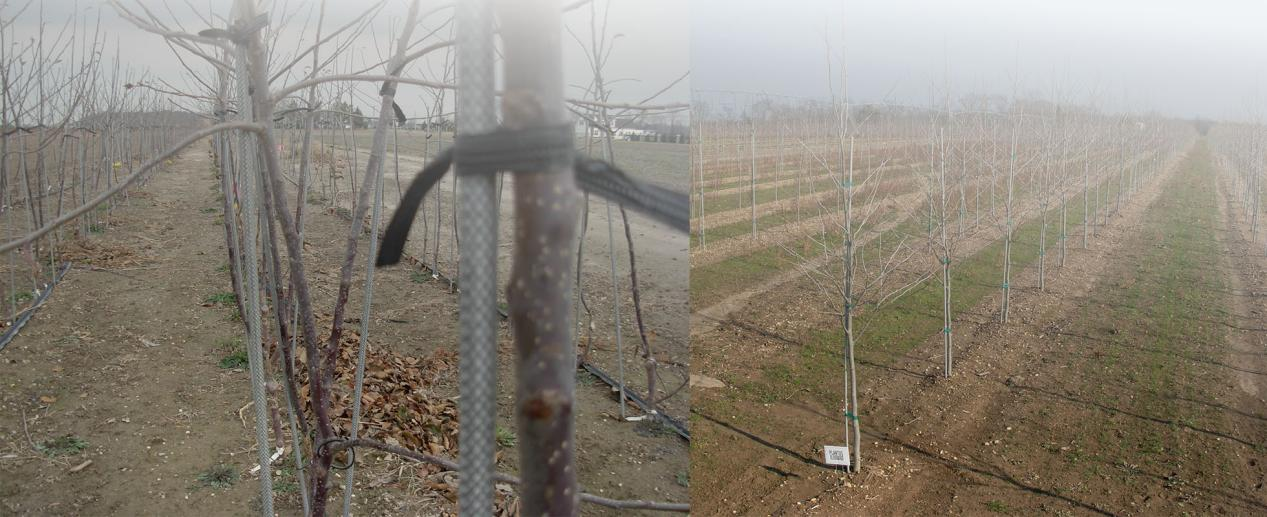How to Install Fiberglass Stakes for Maximum Stability and Longevity
Meta Description: Discover the definitive guide on how to install fiberglass stakes for unparalleled stability and longevity. Learn expert techniques for soil preparation, driving, angling, and anchoring to protect your investment in fencing, landscaping, and agriculture.
Introduction
In the worlds of agriculture, landscaping, construction, and fencing, the choice of a stake or post is a critical decision that impacts the durability, safety, and cost-effectiveness of an entire project. Among the various options available, fiberglass stakes have surged in popularity, and for good reason. They are renowned for being non-conductive, corrosion-resistant, lightweight, and incredibly strong.

However, even the best materials can underperform if installed incorrectly. A fiberglass stake is only as stable as the foundation it's set in. This comprehensive guide will walk you through the advanced techniques and best practices for installing fiberglass stakes to ensure they provide maximum stability and stand the test of time, protecting your investment for years to come.
Why Fiberglass Stakes? Understanding the Material Advantages
Before diving into the installation, it's crucial to understand why fiberglass is an excellent choice. Unlike wood, which rots, or metal, which rusts, fiberglass is impervious to moisture, chemicals, and UV degradation when properly manufactured. This inherent resistance is the key to its longevity. Its flexibility allows it to withstand significant impact and pressure without snapping, a common failure point for rigid materials. To maximize these benefits, correct installation is non-negotiable.
Phase 1: Pre-Installation Planning and Preparation
A successful installation begins long before the first stake is driven into the ground.
1. Choosing the Right Stake:
Diameter and Length: The rule of thumb is that one-third of the fiberglass stake's total length should be underground. For a 6-foot tall stake used for a deer fence, you’ll need an 8-foot stake to bury 2 feet. For heavier loads like a tomato trellis or a semi-rigid fence, a larger diameter (e.g., 1/2" or 5/8") is essential.
Quality Check: Invest in high-quality fiberglass stakes from a reputable supplier. Look for a consistent, smooth finish without air bubbles or cracks. A robust, molded tip is preferable to a roughly cut one.
2. Site Assessment and Soil Analysis:
---Soil Type: This is the most critical factor.
Sandy Soil: Drains well but offers poor holding power. Will require deeper installation or specialized techniques.
Clay Soil: Has excellent holding power but expands when wet and contracts when dry, which can "heave" stakes out of the ground over time.
Loamy Soil: The ideal scenario, offering a good balance of drainage and compaction.
---Identifying Obstacles: Always call 811 before you dig to have utility lines marked. Additionally, use a soil probe or metal rod to manually check the installation path for large rocks and roots.
3. Gathering the Right Tools:
Using the correct tools prevents damage to the frp stake during installation.
A Rubber Mallet or Dead Blow Hammer: This is the #1 recommended tool. The soft, heavy head delivers force without chipping or cracking the fiberglass surface.
A Driving Cap or Stake Cap: If you must use a steel hammer, a driving cap is mandatory. This metal cap fits over the top of the stake, distributing the force evenly and protecting it from direct, damaging impacts.
Post Driver: A specialized tool that slides over the stake, providing a guided, even force. Excellent for longer stakes and high-volume projects.
Digging Tools: A post hole digger, clamshell digger, or a power auger for larger projects.
Level, Tape Measure, and String Line: For ensuring alignment and height consistency.
Safety Gear: Safety glasses and gloves are essential.
Phase 2: The Installation Process - Step-by-Step to Maximum Stability
Here is the core methodology for achieving a rock-solid installation.
---Step 1: Prepare the Hole (The "Why" is as Important as the "How")
Diameter: The hole should be no more than 1.5 times the diameter of the stake. A snug fit is crucial for lateral stability. A hole that is too wide will allow the stake to wobble.
Depth: As mentioned, aim for a depth of 1/3 to 1/2 the above-ground height. For critical applications in soft soil, err on the deeper side.

---Step 2: The Driving Technique - Protecting the Stake
(1)Never strike the fiberglass directly with a metal hammer. This is the fastest way to cause micro-fractures, delamination, and eventual failure.
(2)Place the stake cap securely on top of the stake.
(3)Using your rubber mallet or a steel hammer on the cap, drive the stake with firm, controlled blows. Start slowly to set the stake straight.
(4)Pro Tip: If the stake becomes difficult to drive, do not force it. You may have hit a rock. Pull it out and check the hole. Forcing it can buckle or split the fiberglass stake.
---Step 3: The Angle Technique for Superior Lateral Stability
For applications like fencing that are subject to lateral forces (wind, animal pressure), angling the stakes is a game-changer.
The "H" Brace Method: For end posts, corner posts, and gate posts, use a two-stake "H" brace system. The main stake is driven vertically. A second, shorter "anchor" stake is driven at a 45-60 degree angle away from the direction of pull. A horizontal cross-piece (often a wooden 2x4 or another fiberglass stake) connects them, and a wire or band is tensioned between the top of the main stake and the base of the angled stake. This transfers the lateral load into a compressive force, creating an incredibly stable anchor point.
---Step 4: Backfilling and Compaction - The Key to Longevity
How you fill the hole determines the stake's long-term hold.
The "Gravel Base" Method (Highly Recommended):
(1) Add 2-3 inches of gravel or crushed stone to the bottom of the hole. This creates a drainage layer, preventing water from pooling around the base of the stake—the primary cause of "frost heave" and rot in wooden posts.
(2)Place the stake in the hole.
(3)Backfill in 2-3 inch layers, tamping each layer vigorously with a tamping rod or a 2x4. Proper compaction is vital to eliminate air pockets and create a solid, locked-in feel.
(4)Create a slight "crown" of soil around the base to shed water away from the fiberglass stake.
Using Concrete (A Controversial Choice):
While concrete provides immense initial strength, it is generally not recommended for fiberglass in most applications. Concrete traps moisture against the stake. While fiberglass won't rot, the freeze-thaw cycle can cause the concrete to crack and shift. If you must use concrete, ensure the mix is dry and use it only at the base, topping it with native soil to allow for drainage.
Phase 3: Advanced Techniques for Challenging Conditions
---Sandy or Very Soft Soil: Use a larger diameter stake. Consider using a spiral anchor or a "ground screw" designed for fiberglass posts. These provide exceptional pull-out resistance in poor soil.
---Rocky Soil: If you cannot dig a deep enough hole, use a rock bar to break up the subsurface. Alternatively, the "H" brace system becomes even more critical, as it relies less on deep burial and more on triangulation for stability.
Phase 4: Maintenance for Maximum Longevity
Fiberglass stakes are low-maintenance, but a small amount of care extends their life significantly.
Annual Inspection: Walk the line of your stakes once a year. Check for any signs of looseness, damage from lawn equipment, or deep scratches.
Cleaning: Simply washing them with soap and water can remove any corrosive chemicals (e.g., from fertilizers) that may be on the surface.
Minor Repairs: For any deep gouges or exposed fibers, a simple epoxy resin can be applied to seal the area and prevent moisture ingress into the core of the material.

Conclusion: An Investment in Stability
Fiberglass stakes represent a modern, durable solution for a myriad of applications. By moving beyond a simple "hammer-it-in" approach and embracing these detailed techniques—from proper tool selection and soil analysis to advanced bracing and compaction—you are not just installing a stake. You are engineering a foundation for long-term success.
The extra time and care taken during installation will pay dividends for decades, ensuring your fence remains taut, your plants are well-supported, and your structures stand firm against the elements. Your fiberglass stakes are built to last; now, with this guide, their installation will be too.

